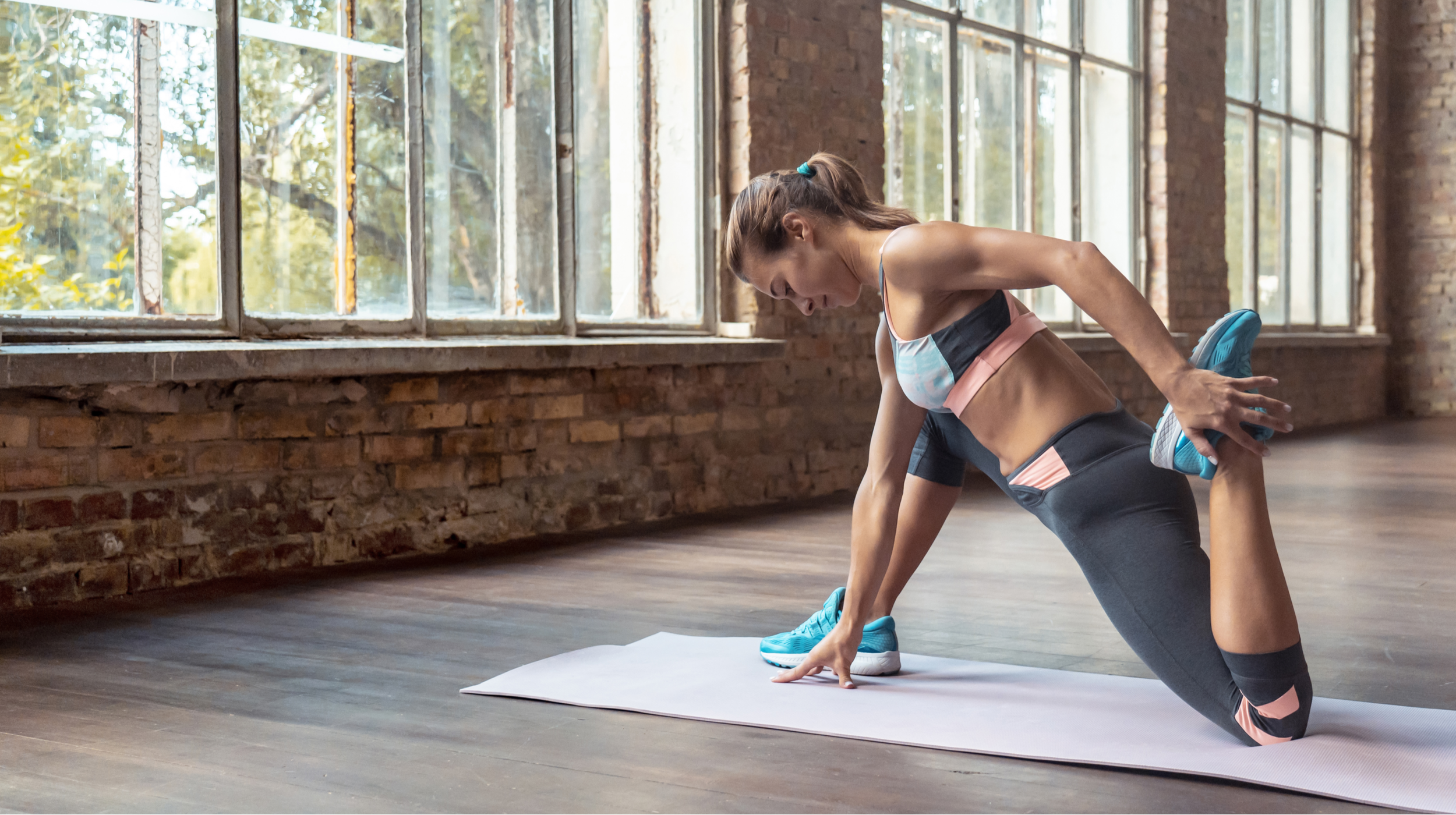How to Prevent Injury and Pain Through Mobility Training
May 17, 2022 mindpumpWe move less today than any society before us. We are sitting at our desks all day not firing muscles that need to be fired. We’ve lost connection to our mobility and our strength.
Flexibility is Not Mobility
We try to find solutions but they end up being bandaids to the problem. One of things we like to do is buy all these ergonomic desks, and chairs which may help, but it’s not addressing the reason you are getting this pain to begin with. Another solution you always hear people say is that they just need to stretch more. Flexibility, while helpful, is not owning a range of motion. Mobility is owning a range of motion under load.
You can have all the flexibility in the world. If I end up putting you in the biggest stretch position, but then add some load, guess what? You will get hurt. This is why injuries happen. We’ve practiced elongating the muscle but not putting it under stress.
Your Body is Only as Strong and Mobile as it Needs to Be
Our body doesn’t want to waste calories. It wants to be efficient so it’ll do whatever it takes to do this littlest amount possible to get the job done. That is why if you stay away from being active for an extended period of time, then go back and you get super sore. I had a friend who was a pro level bodybuilder and had all the muscle in the world. He decided to play basketball and tore his achilles after a layup. This is what happens when you don’t spend the time practicing things that require range.
We know this without realizing it. Think about in high school when you played sports vs now. You could hop in a game any time, and not worry about getting injured. Now, even if it was a sport you excelled in, you’d need time to work on specific movements to get that range of motion and get used to the amount of repetitions back before being able to do it pain free.
The more frequency you apply to mobility training, the more it benefits towards everything else in your life. On the flip side, if you spend your days ingraining bad movement patterns (like sitting or only doing a partial range of motion), you are now re-teaching your nervous system the wrong movement patterns. A sliding door on its track opens and closes fine and doesn’t have issues. Take a door just SLIGHTLY off its track, and over time it grinds the track and causes way worse damage.
Mobility has to be Active
When you do your mobility exercises it’s not a passive drill. You should always be constantly thinking about the muscles activating as you are doing the exercise, and not just stretching and holding. We can’t just force ourselves to think about good posture all day as it is subconscious. We’d be much better off figuring out what muscles are weak, do 1-2 drills throughout the day, and eventually make it happen naturally. I tend to round my back, and doing exercises like banded rows, and strengthening my back helped keep my chest tall and back in neutral.
Check out my article on Fighting Chronic Back Pain with Mobility Exercises.
How to Mobility Train
Choose 1-2 movements to start for 5-10 reps. We are all about easing the barrier of entry right now. I know even for me, my day is too busy with work and tasks to think about adding a 5 exercise mobility routine that someone tells me to do 3 times a day. Start with the easiest routine possible. One exercise that targets your worst offending area.
Choose a rep range that allows you to stay connected the ENTIRE time. Only increase reps or weight if you can maintain that and it gets easier. Add feedback if you can. For example, put your back up against the wall and try to move your arms up while maintaining a connection to the wall the entire time and keeping your torso in a neutral position. This will quickly tell if you are doing it right or wrong. Don’t just end where you are comfortable. Try to carefully push past that (following the above cues) so you can improve.
Frequency is Better Than Volume
I’d rather you split one exercise every couple of hours vs trying to do 7 exercises halfheartedly once a day. Remember, it’s about connection to the movement.
Having Mobility Unlocks MORE Muscle Growth Exercises
As you get better with one mobility drill, start thinking of exercises you weren’t able to do previously and see if the newfound range of motion allows you to achieve it better. Most people can’t do a full deep squat, but may find after doing 90/90 drills that now they can get to the bottom of the squat with ease. Studies show you can use lighter weight, but get a fuller range of motion and this will yield more results than using a heavier weight with a partial range of motion.
It may take a lot of work to unlock new exercises or find that new range. Once you are able to open up more, maintaining it is easy. All you have to do is keep those in and make sure you are continuing to go through your full movement with connection. If you can’t do mobility drills throughout the day, do it as your 5-10 minute warm-up before your workout instead of hopping on the treadmill. It will wake up dormant muscles and allow for a much more effective workout.
If you want help figuring out how to target any lacking area check out our MAPS Prime and MAPS Prime Pro, where you can figure out what areas are our worst offenders, and choose which exercise will work best to alleviate pain there.







